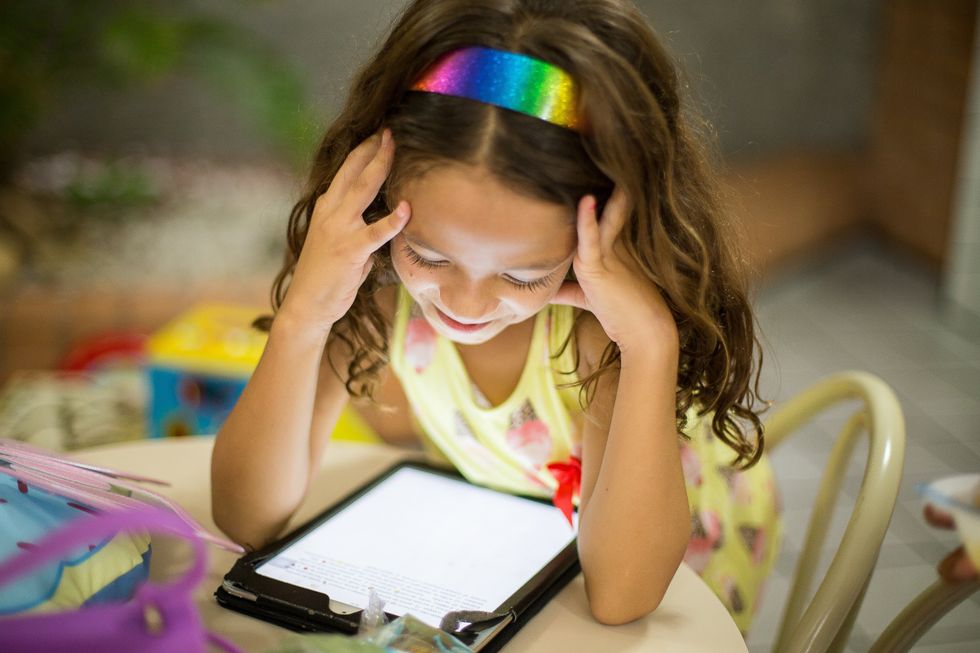If you were born before the turn of the 21st century, odds are you didn't see much technology in the classroom. Old-school overhead projectors and chalkboards were popular teaching tools, and laptops and smartboards didn't become mainstream until you reached middle or high school.
Nowadays, however, classrooms incorporate all kinds of technology, including apps, virtual and augmented reality and interactive websites. This wide variety of programs helps kids learn and retain information in new — maybe even better — ways.
1. Virtual Piano

If your parents made you take piano lessons when you were a kid, you likely remember how unmotivated you felt to practice. After all, there were so many fun things to do aside from plunking away at a keyboard. Nowadays, however, kids can play the piano straight from their tablet or iPad, making learning easy, accessible and fun.
Virtuoso Piano, for instance, lets kids practice anywhere with professional sound quality comparable to the real thing. Piano Dust Buster also allows children to learn popular songs and play either virtually or in real life.
2. Sky Guide

Sky Guide is another innovative app that makes learning fun and immersive. Hold your phone or tablet overhead to automatically find stars, constellations, satellites, planets and more.
The app allows kids to see constellations in the sky with augmented reality, and features tips on when to see meteor showers, solar eclipses and other gaze-worthy events. Additionally, kids can learn about the planets within our solar system, discover where the darkest skies in the area are and read recent news about black holes, telescopes and other interesting night-sky topics.
3. Google's Expeditions
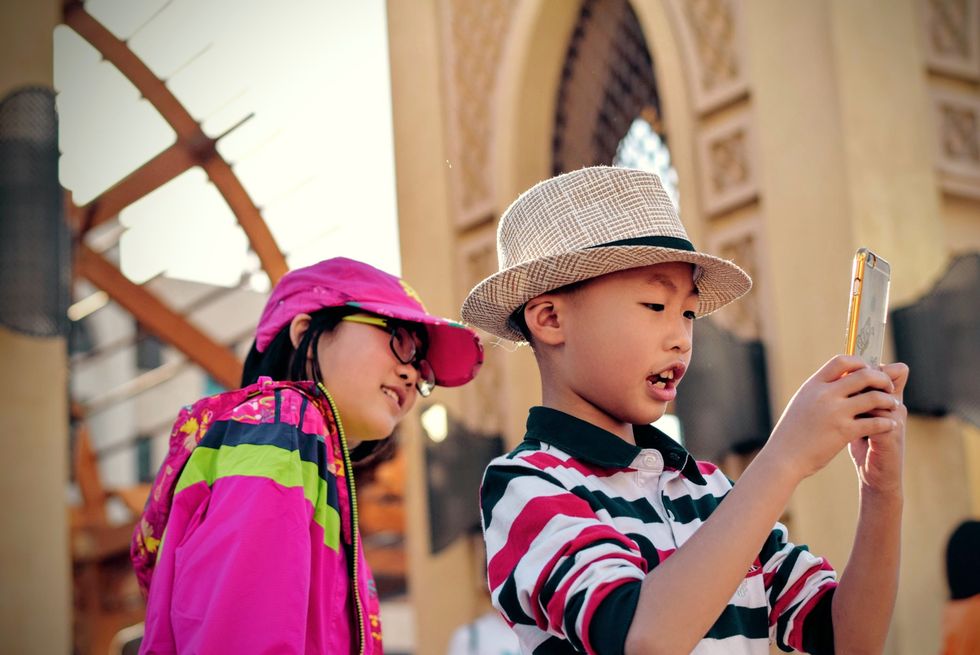
If you struggled with geography like I did in grade school, Google's Expeditions would've probably helped you remember more. This app pairs with VR and AR to give students an immersive experience traveling around the globe.
It allows teachers to guide kids through 360-degree scenes they are learning about at the time. Helping them visualize information in a new way cements the information in their mind, positively impacting their ability to retain information.
4. InMind
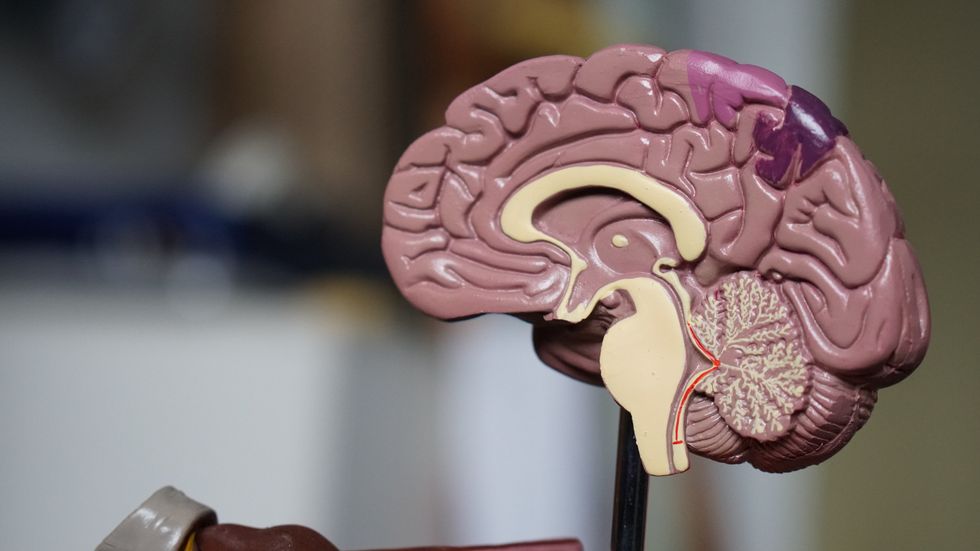
Honestly, science was never my strong suit, either. But if I'd had access to InMind, it might have taught me more about the human brain and its deep inner workings.
This app is another VR experience that allows kids to journey into the brain, search for neural disorders and watch neurons at work. The best part is, the game is completely free and available through all major app stores. The anatomy class of my youth has got nothing on this immersive technology.
5. Coding Camp
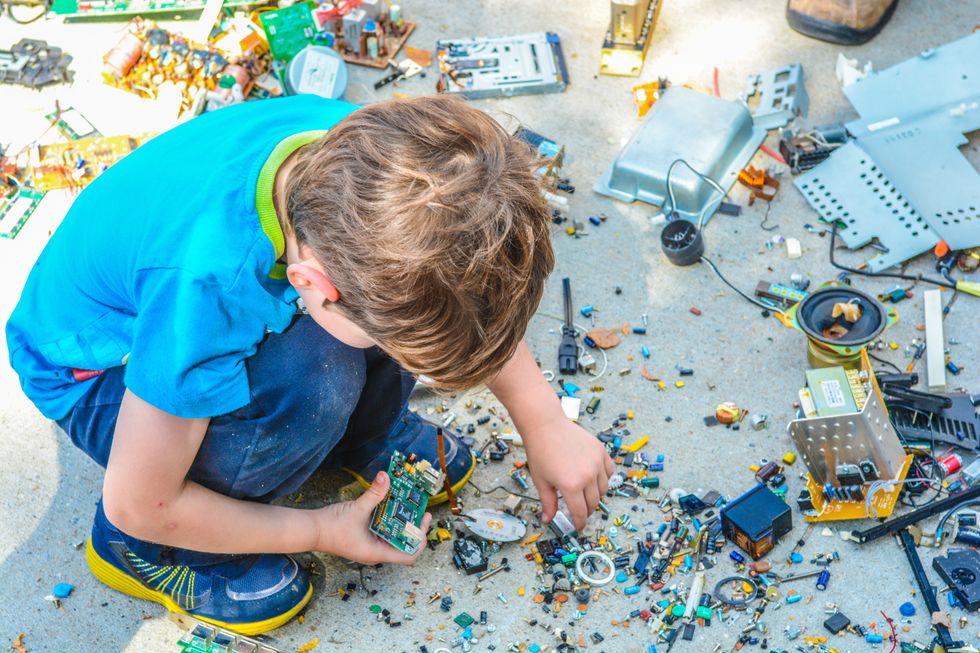
In our technology-centric world, basic programming has become an essential skill for both adults and children alike. Programming, or coding, teaches kids how to build simple websites and games, helping them refine their design, logic and problem-solving skills.
And, while coding classes might not have been common or even existent when we were kids, they're becoming more mainstream in schools today. Some summer camps include courses in film, animation, Java, Python and more.
6. Daisy the Dinosaur

Dozens of great coding apps for kids have gained popularity in recent years. One such app is Daisy the Dinosaur, which teaches children the basics of coding through a straightforward, easy-to-use interface.
The app is best to introduce to kids grades K through 3, since the game's concept is quite simple to grasp. The best part is, kids might not even realize they are learning coding skills as they move Daisy about the screen with a series of commands. Learning disguised as play? Yes, please!
7. ePals
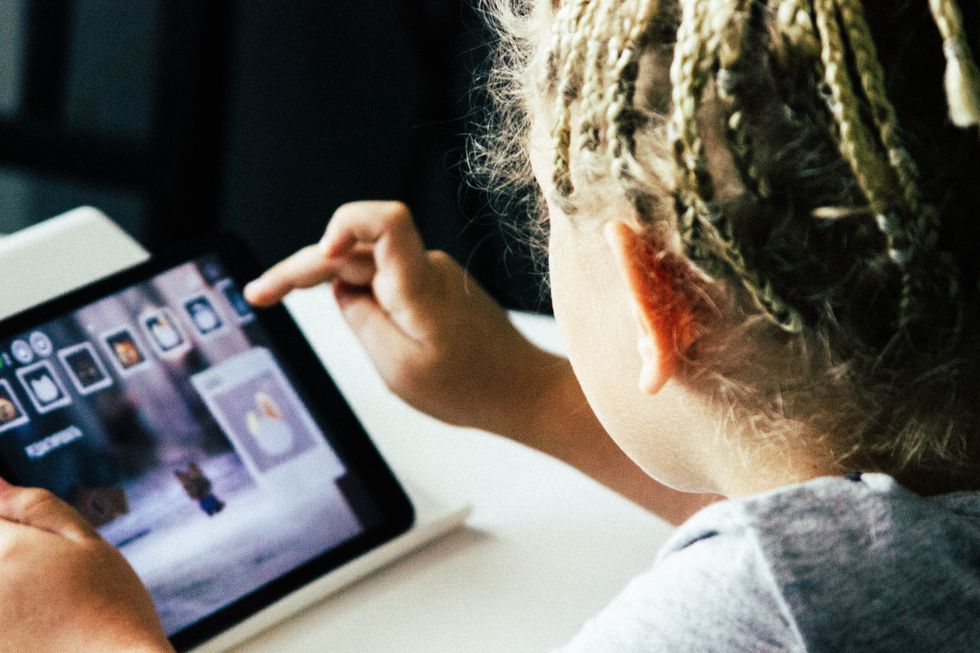
Remember having a pen pal in second grade, a friend from summer camp or someone random on the other side of the globe you'd write letters to? Well, kids today still have pen pals, but it looks a little different than snail mail.
ePals updates the experience for the digital age, allowing kids to connect with other children their age from different countries and cultures. The site's clubhouse even provides games, art projects and other activities for kids to connect through. That sounds like a whole lot more fun than snail mail, doesn't it?
8. Spelling City

Were you a horrible speller as a kid? Did you never seem to understand the difference between there, their and they're? Spelling might have been a bit easier had there been a more independent way to learn.
Spelling City is a fun alternative to written spelling tests of old, teaching kids both how to spell and how to use different words in a sentence. The automated spell-check offers immediate feedback, and the program's activities and phonics games include lessons that keep students engaged.
A New Age of Learning
When the National Science Foundation opened up the internet for the public to use in 1993, the world exploded into a frenzy of research, communication and data. And, by 2009, 97% of classrooms were using at least one computer.
For today's students in grades K through 12, this influx of new technology means more innovative ways to learn and grow. From exploring brains through VR to seeing the night sky in a different light, technology is shaping a new age of learning that will only continue to improve in the years to come.
- new ios features ›
- Three Easy Steps To Dominate This School Year ›
- Digital Technology And Its Impact On Students Learning Outcomes ›
- 7 smart ways to use technology in classrooms | ›
- The Benefits of Technology in the Classroom | HASTAC ›
- 25 Easy Ways to Use Technology in the Classroom | Prodigy ›
- 10 Reasons Today's Students NEED Technology in the Classroom ›
- Technology in the Classroom in 2019: 6 Pros & Cons | Top Hat ›
- Top 5 Benefits of Technology in the Classroom | Walden University ›

